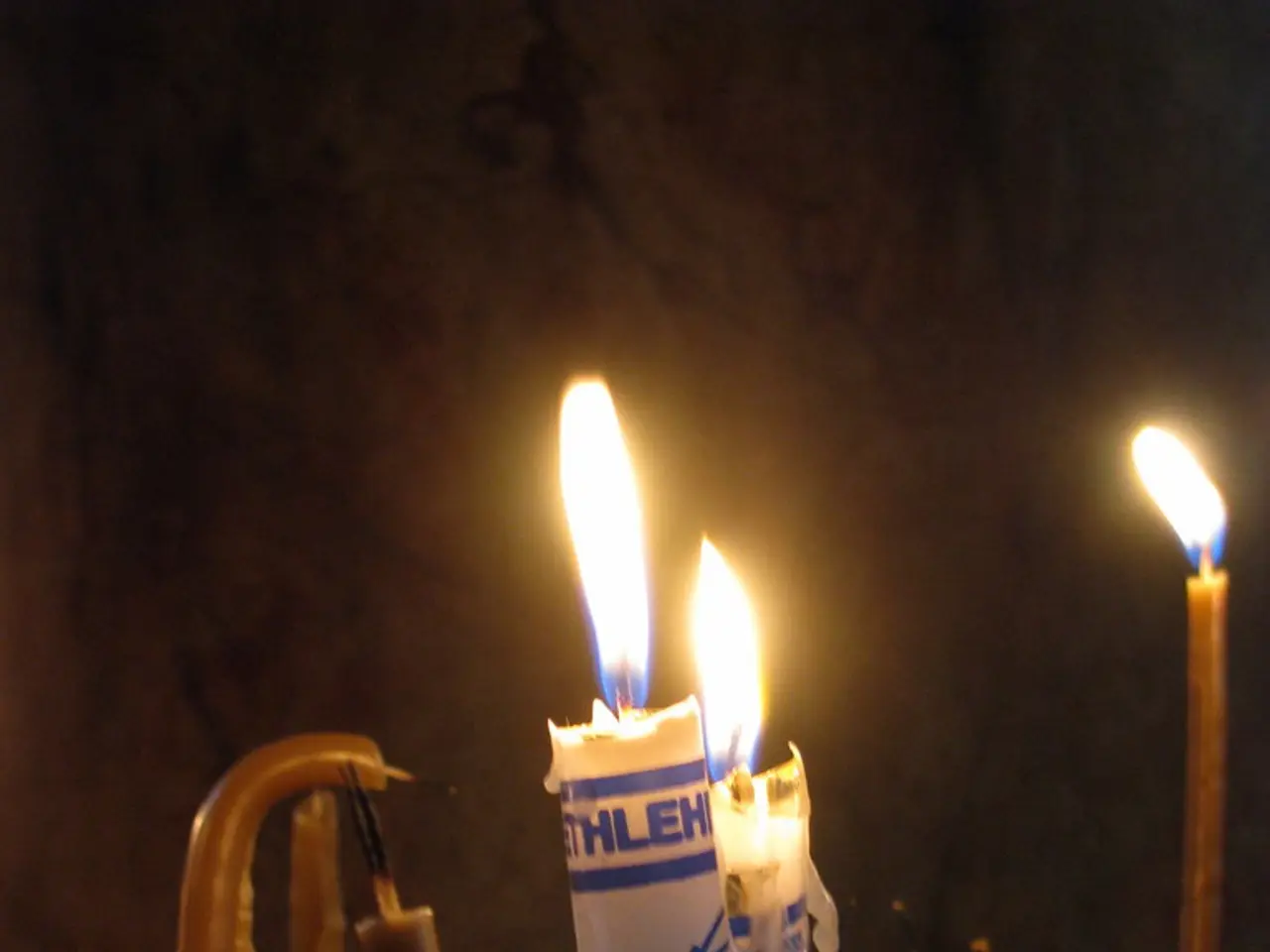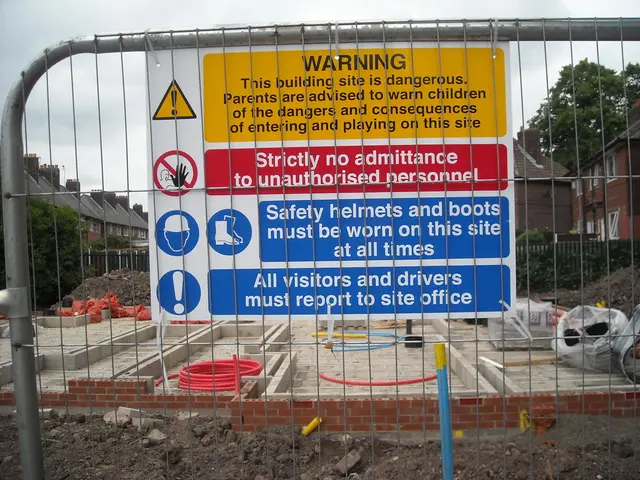Candlestick Structures Explained: A guide to deciphering price movements in financial markets
Understanding Candlestick Charts: Visual Cues for Market Sentiment
Candlestick charts, a popular tool in technical analysis, provide a visual representation of a financial instrument's price action over a specific period. The colours and shapes of these candles serve as crucial indicators of market sentiment.
A green (or white) candlestick is bullish, indicating the closing price was higher than the opening price, meaning buyers dominated and pushed prices up during that period. Conversely, a red (or black) candlestick is bearish, showing the closing price was lower than the opening price, indicating sellers were in control.
The body of the candlestick shows the range between the open and close prices; a long green body means strong buying momentum, while a long red body signifies strong selling momentum. Wicks (shadows) reflect price volatility outside the open-close range. Long upper or lower wicks often indicate price rejection or indecision, potentially signaling reversals or trend exhaustion.
Different candlestick patterns can offer additional insights. For instance, a Bullish Hammer usually signals a low is in on a chart as lower prices are rejected, while a Bearish Hammer signals a high is in as higher prices are rejected. A Bullish Marubozu candlestick usually signals a change in sentiment to bullish, often found near the bottom of a downtrend, while a Bearish Marubozu signals a change to bearish, usually near the top of an uptrend.
Some candlesticks, like the Bearish Spinning Top and Bullish Spinning Top, show uncertainty and can signal the end of an upswing or downswing, respectively, and the beginning of a range-bound chart. A Reversal Marubozu candlestick is a large reversal candle that usually happens at the end of a failed move in price, typically caused by volatility events due to news or government/central bank uncertainty.
It's important to note that while candlestick colours quickly convey market sentiment, they should be used in conjunction with other technical analysis tools and fundamental analysis to make informed trading decisions.
[1] Investopedia. (n.d.). Candlestick Chart. Retrieved from https://www.investopedia.com/terms/c/candlestick.asp
[2] Investopedia. (n.d.). Candlestick Patterns. Retrieved from https://www.investopedia.com/terms/c/candlestickpatterns.asp
[3] Trading Central. (n.d.). Understanding Candlestick Charts. Retrieved from https://www.tradingcentral.com/en/glossary/candlestick-chart
[4] Yahoo Finance. (n.d.). Candlestick Chart. Retrieved from https://finance.yahoo.com/quote/AAPL/chart?p=AAPL
[5] Nasdaq. (n.d.). Candlestick Chart. Retrieved from https://www.nasdaq.com/market-activity/stocks/aapl/chart
Read also:
- EV Charging Network Broadens Reach in Phoenix, Arizona (Greenlane Extends Electric Vehicle Charging Infrastructure in Phoenix)
- China's Automotive Landscape Shifts - Toyota Pioneers Innovative Strategy for Self-Driving Cars
- Enhancing Business Efficiency: Premium Strategies Revealed
- Smart-home integration inflates EV charging efficiency






